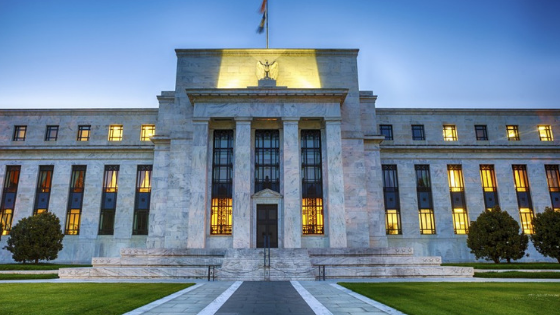Editor’s note: Fed economists’ model needs more work.
The Federal Reserve’s latest study of the Trump administration’s China tariffs estimates that they will cost the average U.S. household $831 a year.
[John Carney | May 24, 2019 | Breitbart]
The Fed economists, however, make a significant error that fundamentally undermines their findings. They assume that all of the goods that are imported from China are made there because China is the lowest cost manufacturer of those goods. If that were true, moving production out of China would necessarily increase costs of production and reduce efficiency.
“Very high tariff rates can…cause tariff revenue to fall as buyers of imports stop purchasing imports from a targeted country and seek out imports from (less efficient) producers in other countries,” the Fed notes.
In other words, it all rests on the false assumption that moving out of China necessarily means moving to a less efficient producer.
Fortunately, we know this assumption is wrong. China employs a variety of mercantilist tactics to attract and retain manufacturing business from global businesses, including requiring companies to manufacture goods in China in order to access its domestic markets and imposing steep tariffs on imports for foreign-made goods. It penalizes companies that attempt to relocate production and it invites copy-cat manufacturers to compete against companies that try to make their products in other low-cost countries.
The strategy of pressuring firms to rely on China for their supply chains not a big secret. China’s industrial policy goes under the official name “Made in China 2025.”
As a result, a significant amount of Chinese production would likely be relocated into other, cheaper sources if not for the costs of China’s mercantilist retaliation. China’s policies, in other words, impose what economists call “deadweight losses” on the global economy by preventing companies from moving their supply chains to cheaper sources.
Tariffs can be a counter-weight to China’s mercantilism. For example, a U.S. firm importing a product from China at a cost of $100 will not shift its supply chain to Vietnam even if the cost would just be $95 if China effectively imposes a $6 penalty. A 10% tariff that raises the cost of staying in China to $110 would prompt the U.S. firm to move to the lower cost country.
Imagine a company that wants to sell both into the U.S. and Chinese markets. If China imposes a tariff and the U.S. does not, production will take place in China even if it would be cheaper to manufacture in a third country. If the U.S. imposes a tariff, production can efficiently shift to the cheaper third country producer.
China, of course, can attempt to raise the cost of its retaliation against global firms to overcome the tariff. Raising the tariff to 25 percent, as President Donald Trump did this month, makes that far more difficult. Economic theory tells us that a higher tariff will prompt even more relocation to potentially cheaper sources because China’s penalties will be less likely to bind.
The Fed study goes wrong by assuming that free market forces alone are responsible for China’s share of global production. They never explicitly state this assumption, however, which raises the question of whether they are even conscious that they have included this falsehood in their analysis. In the line quoted above, they treat the efficiency loss as so obvious that they put it in paratheses.
This does not mean that tariffs cannot inflict deadweight losses in the manner described by the Fed. Presumably, China is in fact the least-cost manufacturer of some goods. But the very presence of China’s restrictive measures–and plenty of anecdotal evidence from American businesses who have tried to get out of China–suggests that China, at least, knows there are more efficient places to build a significant amount of the goods now stamped “Made in China.”
The Fed’s silent premise–that the amount of production that could be efficiently relocated out of China is zero–is indefensible.
Out of the $831 cost per household the Fed study claims are imposed by tariffs, $620 are generated by their assumption of a Chinese free market. Corrected for this error, the costs is just $211–the amount actually paid by importers in tariffs.
As the Fed itself admits, however, that is not a measure of the cost to the U.S. economy. Money that is paid in tariffs goes to the Treasury and is available for spending. Rather than being subtracted from the economy, it is redistributed from global businesses to the U.S. government.
Even the $211 cost estimate is overstated because it doesn’t take into account the devaluation of China’s currency and price-cutting by Chinese manufacturers struggling to hold market share despite the tariffs. The Fed economists ignore this because they claim that an early study had found a “complete passthrough into domestic prices of imports”–meaning, importers weren’t paying less to Chinese manufacturers. But that study was based on a misunderstanding of how prices are reported to customs authorities.
It is also important to note that estimates costs per household are not estimates that U.S. consumers will pay higher prices for tariffed goods. Instead, it is just an estimate of the cost to the economy divided by the number of households. Tariff costs absorbed by businesses in the form of tighter profit margins still count as adding to the “cost per household.”
It would be useful to have an accurate estimate of tariff costs. Unfortunately, the Fed’s estimate of the deadweight cost of tariffs fails to account for the deadweight cost of Chinese mercantilism, rendering the study useless for public discussion of tariffs.
Read the original article here.













